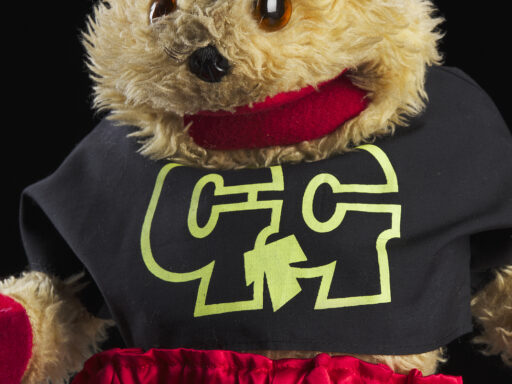
Documentation Officer Cait reveals the behind-the-scenes work going on to move objects from our galleries into stores during our temporary closure.

Documentation Officer Cait reveals the behind-the-scenes work going on to move objects from our galleries into stores during our temporary closure.
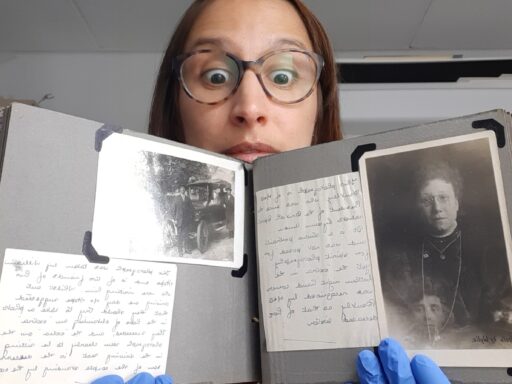
As spooky season approaches, conservator Vanessa shares a task that she finds truly terrifying…
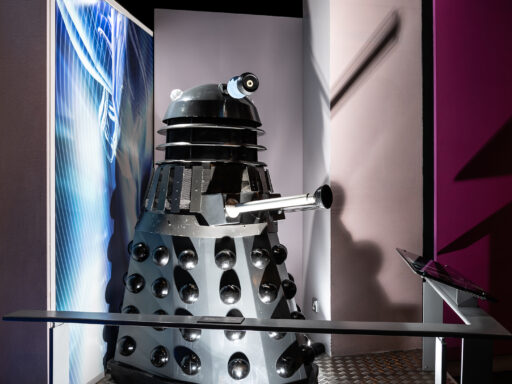
As Doctor Who celebrates its 60th anniversary this year, Assistant Curator Saquib looks at some of the Who characters in our collection.

Pictureville’s Black History Month programmer Lucas Bywater talks us through his picks for the season.
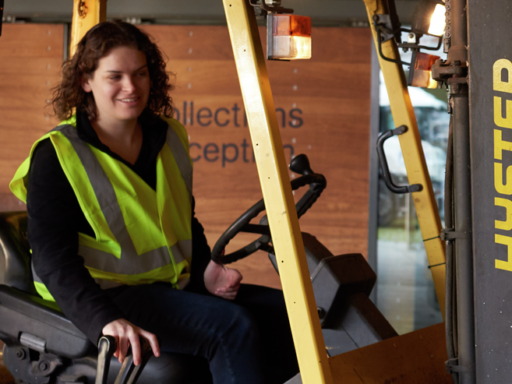
The museum is temporarily closed, but the Collections Services team are still hard at work. In this post, you’ll meet the team and find out what they do.

It has been 25 years since the iconic Dance Dance Revolution arrived in Japanese arcades in September 1998—Curator of Game Technologies Matt Horsfall explores its impact.
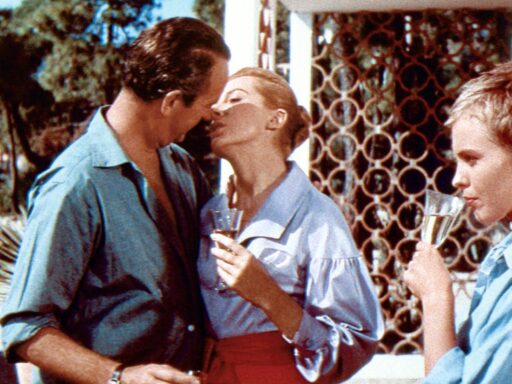
For this year’s Widescreen Weekend we’re celebrating some of our favourite CinemaScope performances by women who left an indelible impression with their acting.
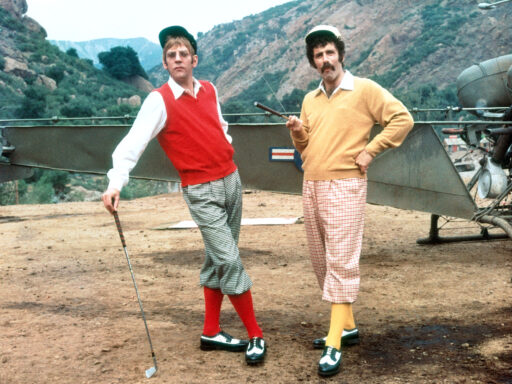
Ahead of a highly anticipated new film season, Cinema Marketing Officer Tom looks at the key figures behind a turbulent time in American cinema.
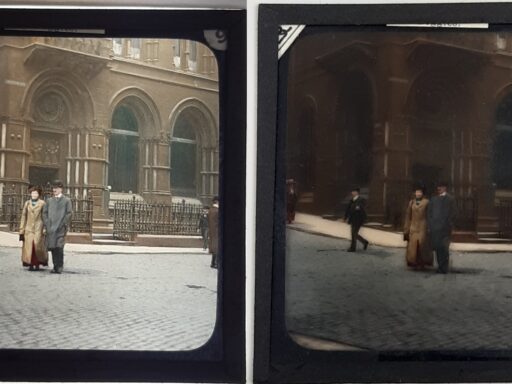
We recently acquired a large collection of magic lantern slides. Hear from conservator Vanessa Torres about the work it took to make these fascinating objects part of our collection.
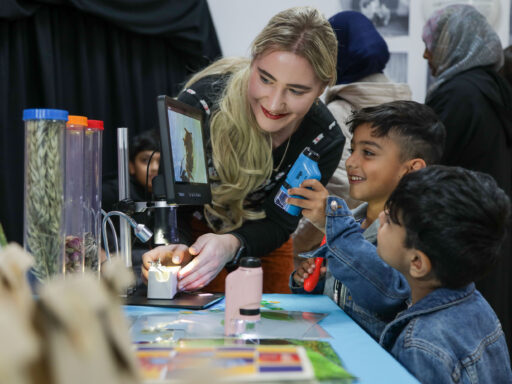
Hattie reflects on a successful Bradford Science Festival, which this year had the theme of Vision: Seeing the Hidden World.
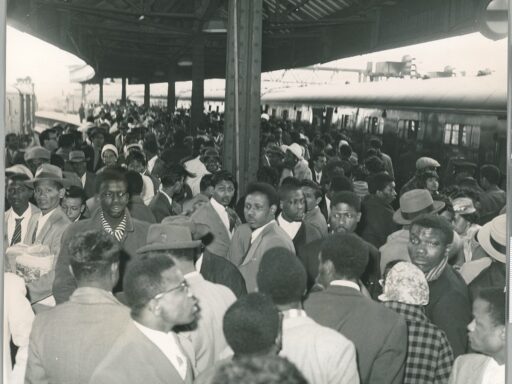
On 20 July 2023, the Communities & Crowds project team held a workshop to present initial results from the project.

With the museum temporarily closed while preparations for our new galleries are underway, you may have seen lots of activity going on through the windows on your way to Pictureville Cinema.